A synchronizer is a critical component in a transmission system, designed to facilitate smooth gear changes by matching the speed of the gears during shifting. It ensures that gears engage smoothly without clashing or grinding, improving the overall efficiency and longevity of the transmission. The synchronizer works by using friction elements, such as cones or rings, to synchronize the rotational speed of the gears before engagement. Typically made from high-strength materials like brass or steel, synchronizers are essential for both manual and automated transmissions in vehicles, machinery, and industrial equipment. Proper maintenance of the synchronizer is crucial for optimal performance and to prevent transmission issues.
| Attribute | Description |
|---|---|
| Component | Synchronizer |
| Function | Facilitates smooth gear changes |
| Material | High-strength materials such as brass or steel |
| Design | Uses friction elements (cones or rings) for synchronization |
| Application | Manual and automated transmissions in vehicles, machinery |
| Features | Ensures smooth engagement and prevents gear clash |
| Maintenance | Regular inspection for wear and damage |
| Compatibility | Matches specific transmission systems |

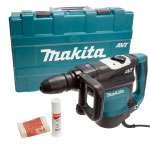





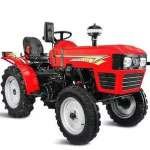



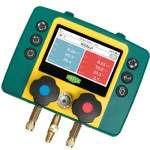



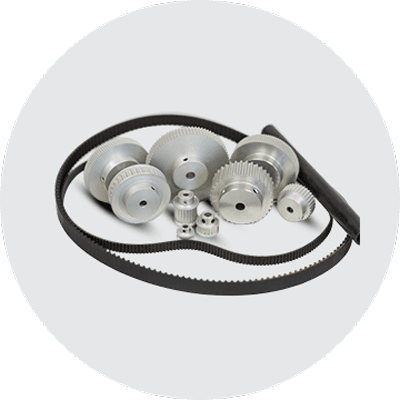
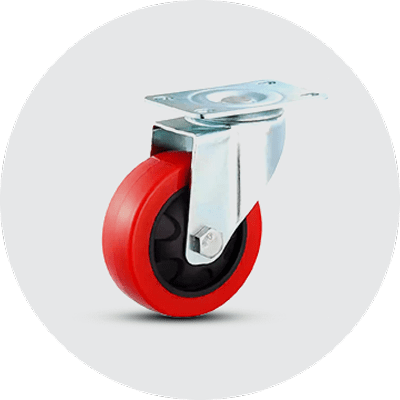

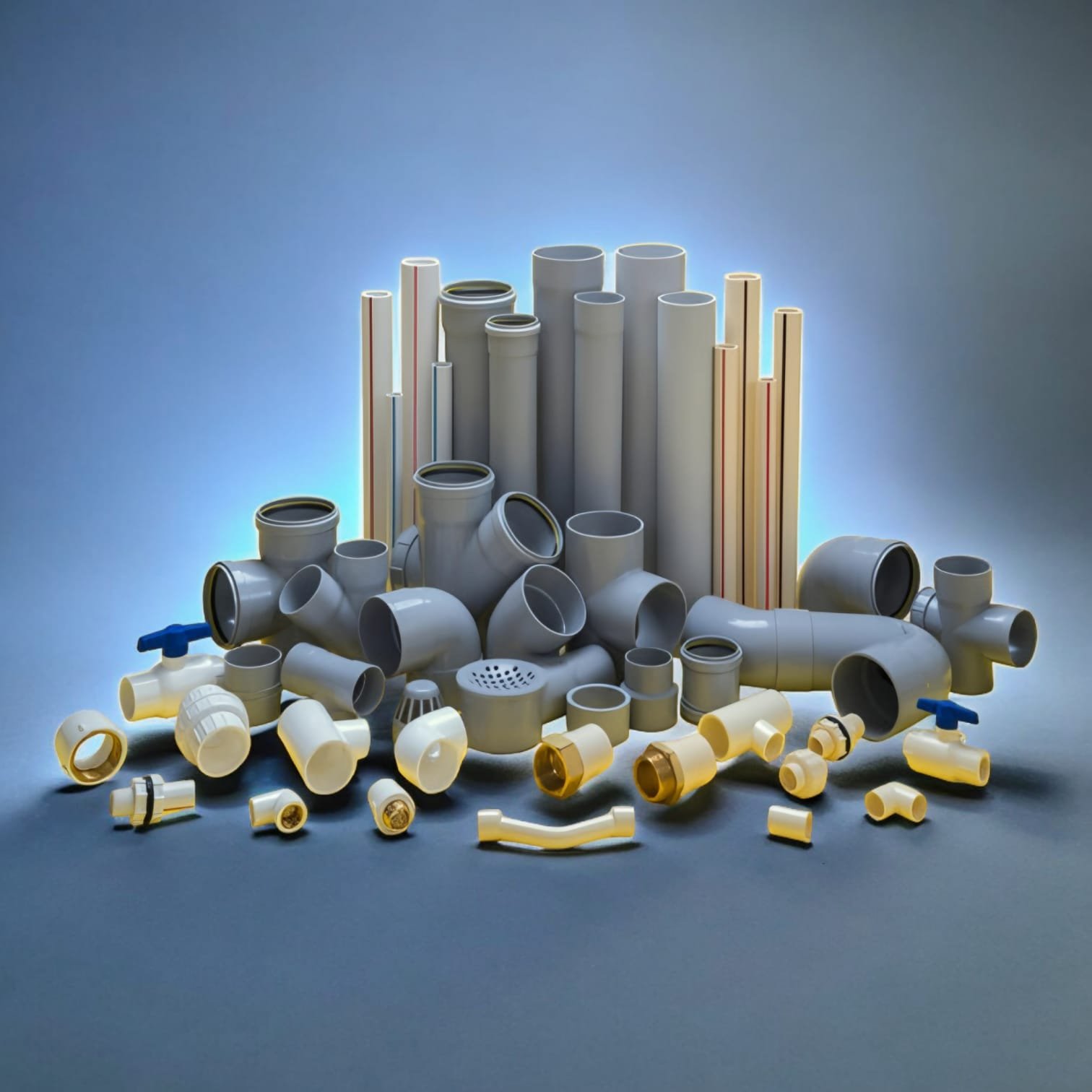

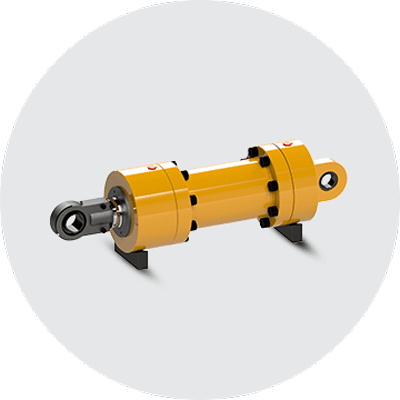



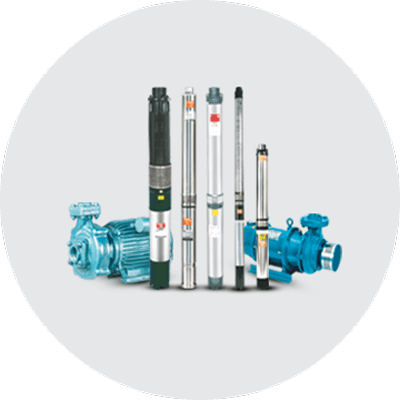









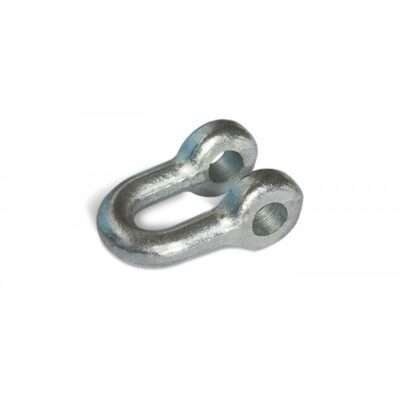












Reviews
Clear filtersThere are no reviews yet.